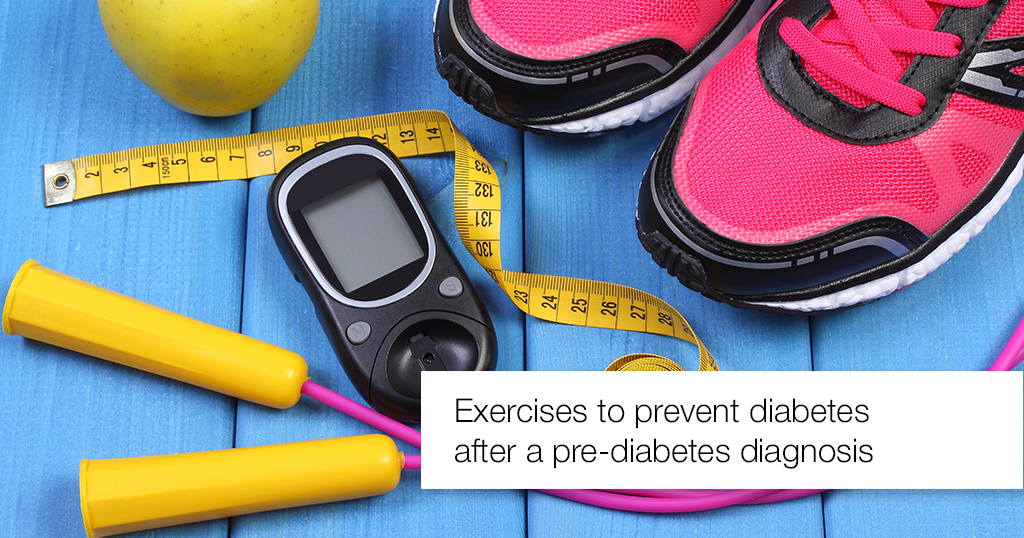 Verified By Dr Mahesh Chavan November 13, 2023
Verified By Dr Mahesh Chavan November 13, 2023

As per the National Urban Diabetes Survey, the estimated prevalence of pre-diabetes is 14 per cent in India – a condition that’s poised on the precipice of full-blown diabetes. Individuals with pre-diabetes have higher-than-normal blood sugar levels, yet the levels aren’t quite high enough to be diagnosed as diabetes. Pre-diabetics already have a higher risk for heart disease and other complications. Preventing diabetes may be possible with lifestyle changes as simple as diet and exercise.
According to U.S. Centers for Disease Control (CDC)-led National Diabetes Prevention Program, reducing body weight by 5–10 per cent and exercising 30 minutes a day can cut your diabetes risk by 58%. Blood glucose control can be achieved in pre-diabetics as well as diabetics through medical and lifestyle management, particularly with regular exercise and diet modifications. Aerobic or cardiovascular or exercise may cause substantial changes in blood glucose levels.
You can take some important steps to help stop pre-diabetes from progressing, and the chances are that these steps or lifestyle changes can even return glucose levels to normal.
Here are some guidelines to help get you started:
MBBS, MD(Medicine), DNB Endocrinology, Consultant Endocrinology, Apollo Hospitals, Navi Mumbai

December 12, 2024